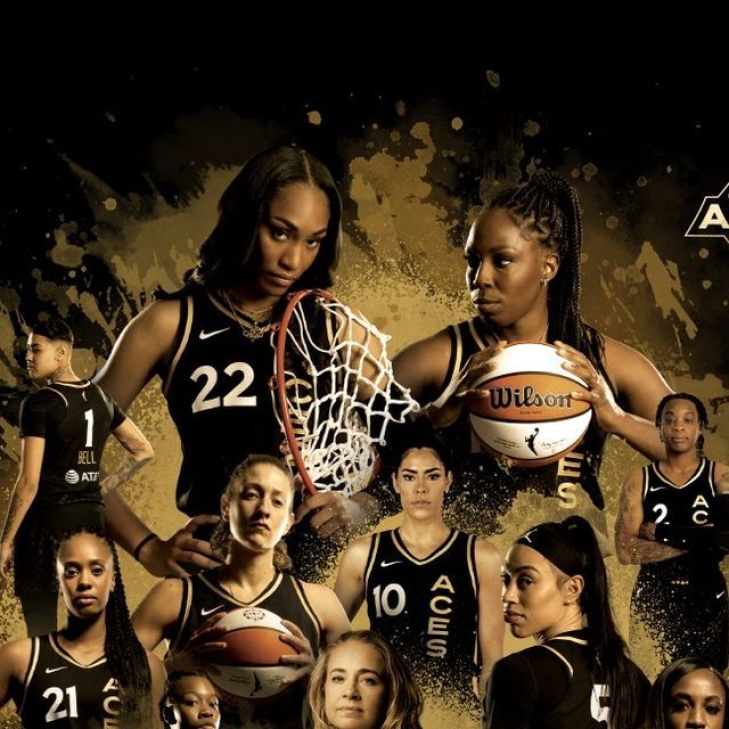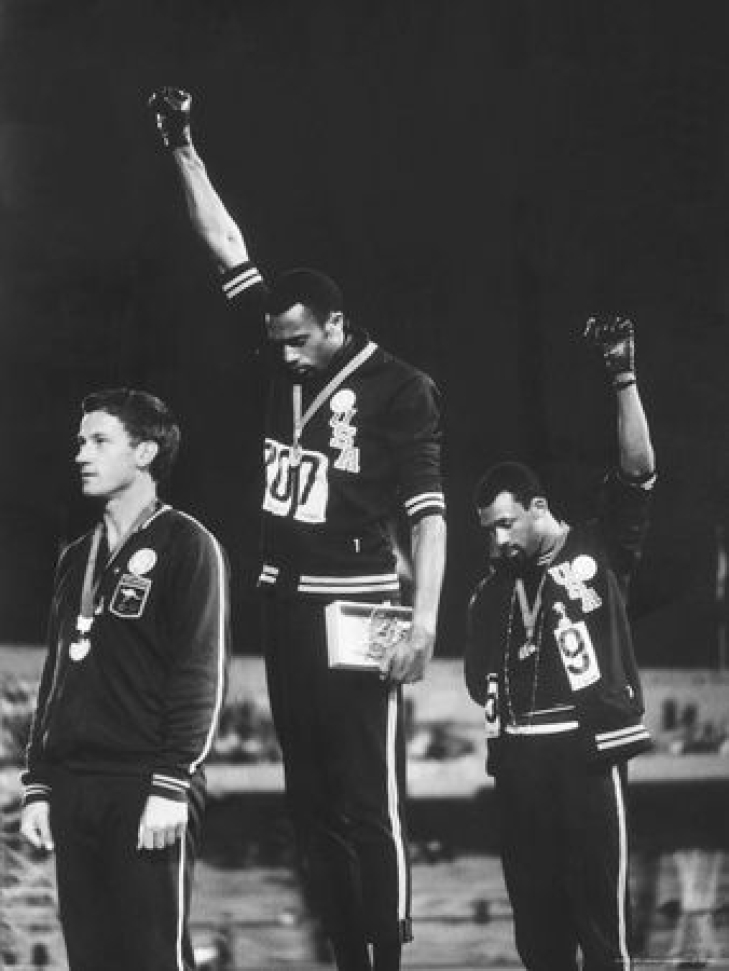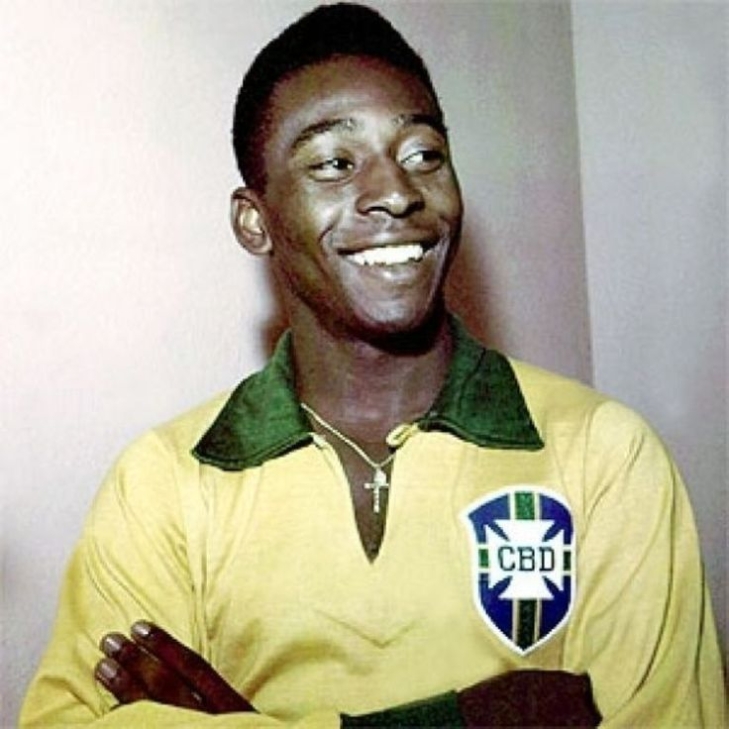
Committee Chairman
The Contemporary Era Baseball Committee names their Finalists
Hall of Fame season continues with the Baseball Hall’s announcement of the eight names on the Contemporary Baseball Era Committee for Managers/Executives/Umpires. The Committee will meet on December 3 at the Winter Meetings in Nashville, and the results will be shared that night at 7:30 on MLB Tonight on the MLB Network.
To enter the Hall, the candidate must receive 75 percent of the 16-person group.
Here are the nominees:
Cito Gaston: Gaston managed the Toronto Blue Jays for 12 seasons, and he helmed to back-to-back World Series wins in 1992 and 1993. Making history as the first African-American Manager to win a World Series, Gaston has a career record of 894-837, and is a member of the Toronto Blue Jays Level of Excellence.
Davey Johnson: Johnson managed 17 seasons in the Majors, with his career-highlight leading the New York Mets to a 1986 World Series Championship. Johnson won two Manager of the Year Awards (1997 & 2012) and had a record of 1,372-1,071.
Jim Leyland: Leyland is a three-time Manager of the Year (1990, 1992 & 2006), and led the Florida Marlins to their improbable 1997 World Series title. With a career record of 1,769-1,728 and helmed the United States to victory in the 2017 World Baseball Classic.
Ed Montague: Montague served as an Umpire from 1974 to 2009 and was the Crew Chief in four World Series.
Hank Peters: Peters worked 42 years as a Baseball Executive, first becoming a General Manager with the Kansas City Athletics helping them build their dynasty. He would later serve as the GM in Baltimore, where he constructed their 1983 Championship squad. He later rebuilt the Cleveland Indians into a power in the 90s.
Lou Piniella: A 23-year veteran as a Manager, Piniella brought Cincinnati a World Series in 1990, and was a three-time Manager of the Year (1995, 2001 & 2008). He had a lifetime record of 1,835-1,712.
Joe West: West umpired from 1976 to 2021, officiating a record 43 years and 5,460 Games. He worked six World Series and ten League Championship Series.
Bill White: White was the first African American President of a League, having served in that capacity in the NL from 1989 to 1994.
You know that we will be paying attention December 3!
Which Las Vegas Aces saw their Hall of Fame chances increase?
The Las Vegas Aces are a special team, having just won their second straight championship, and could be a squad that has a chance to be a WNBA dynasty.
Whenever a title is won, it naturally helps key players make their respective Halls of Fame, and this win could help bring five women closer to Springfield.
Despite not winning what would have been her third MVP (she finished third) A’Ja Wilson is the team’s star, leader, and arguably the new face of the league. She has only played six seasons, but the Basketball Hall does not have any minimum level of service. No eligible player in either the WNBA or NBA who is a two-time MVP and two-time Champion will fail to gain enshrinement. She might be well under 30, but Wilson is a first ballot entrant now!
Wilson is Las Vegas’ certifiable star, but one player can win a title alone. Chelsea Gray, who is a nine-year veteran, added a fifth All-Star this year, and is a three-time WNBA Champion, two with the Aces and her first with the Los Angeles Sparks in 2018.
Jackie Young, who arguably was Las Vegas’ second best player this season, is not a Hall of Famer yet, but the number two on a dynasty can walk into a Hall (see, Pippen, Scottie). At only 26, the best should be yet to come for Aces’ Guard.
Kelsey Plum, who is one of Vegas’ most popular stars, might be helped the most. Approaching 30, Plum has only been an All-Star two times, but like the others, is not a repeat champion. Her resume is already bolstered by her popularity (that shouldn’t matter, but it does), and the fact that she is the all-time NCAA scoring leader, and remember that the Hall looks at all aspects of a player’s career.
The Basketball Hall of Fame can reward people multiple times, and Becky Hammon is on her way to becoming a member of that elusive club. Hammon, who was already inducted into the Hall as a player, has now coached the Aces to two Titles, and was already. A successful Assistant Coach in the NBA with the Spurs for many years, proving that a woman could succeed in that role.
An honorable mention is Mark Davis, who bought the team in 2021, and has already won two titles. Under his watch, the Aces built the WNBA’s first state of the art training facility, rivaling that of any league. The Hall will not likely honor someone with such a short run, but no owner in the WNBA rivals Davis’ impact.
How to Write an Essay on the Cultural Impact of the 1968 Olympics Black Power Salute
In 1968, a powerful moment unfolded at the Olympics, leaving an indelible mark on society’s fabric. It was more than a sports event; it was a bold stage for a silent scream against racial injustice. As the American national anthem echoed through the stadium, two athletes, Tommie Smith and John Carlos, stood with bowed heads and raised fists, clothed in black gloves. This peaceful yet profound gesture, known as the Black Power salute, echoed around the world, symbolizing a fight far beyond the athletic tracks - a struggle for equality and justice that still resonates in the corridors of history.
Background of the 1968 Olympics
The 1968 Olympics were not just another sporting event. Set against a tumultuous backdrop of global upheavals, protests, and the civil rights movement, the games were a stage for athletic prowess intertwined with social commentary. Mexico City buzzed with anticipation, welcoming athletes who were not just contenders for Olympic medals but also representatives of diverse global realities.
Tommie Smith and John Carlos emerged as figures of historical prominence among these athletes. Their participation symbolized more than athletic competition—a subtle echo of larger societal battles. For those seeking a deeper understanding of this historical moment, custom essays for sale or history essay services can provide valuable insights. The stage was set, and the world watched as history unfolded, intertwining sports with cultural and political expressions.
The Black Power Salute: An Act of Protest
As the medal ceremony began, a palpable tension filled the air. Tommie Smith and John Carlos, adorned with their hard-earned medals, stood on the podium, barefoot, heads bowed, each with a raised fist ensheathed in a black glove. The stadium fell into a hush as the Star-Spangled Banner played, and the athletes' silent protest reverberated through the arena.
Their act was a symbol, a non-violent cry against racial inequality and injustice. However, the aftermath was swift and severe. The athletes faced immediate backlash, entangled in controversy, demonstrating the era's charged atmosphere and the profound implications of their silent statement.
Historical and Social Context
In 1968, the winds of change and turmoil swept across the globe, marked by protests, civil rights movements, and a fervent cry for equality. Within the United States, the struggle against racial discrimination and for civil rights was reaching a fevered pitch. The assassinations of Martin Luther King Jr. and Robert Kennedy added to the social upheaval, fueling the flames of change and resistance.
Against this backdrop, the silent protest at the Olympics found its place and meaning. The global stage amplified the gesture, turning the athletes' quiet statement into a deafening call that echoed across borders and societies.
Media’s Role and Coverage
The media played a crucial role in broadcasting the Black Power salute to a global audience, acting as the lens through which the world witnessed this poignant moment of protest. Newspapers, television broadcasts, and radio stations became conduits, transmitting images and narratives that shaped public perception.
However, media portrayal varied, with some outlets echoing the athletes’ call for justice, while others fueled criticism and controversy. This dichotomy in coverage highlighted the media's power in influencing discourse and perceptions, demonstrating its pivotal role in disseminating and framing the historical and cultural significance of the protest.
Public and Official Reactions
The reactions to the Black Power salute were as diverse as they were impassioned. The public sphere buzzed with voices of support, empathy, outrage, and disapproval. Some saw the act as a heroic stand against racial injustice, while others perceived it as a divisive political statement unfit for the apolitical arena of the Olympics.
Officially, the response was stringent. The International Olympic Committee swiftly condemned the act, leading to the expulsion of Smith and Carlos from the Olympic Village. This mosaic of reactions painted a vivid picture of the era's tumultuous struggle with race, politics, and societal values.
Long-Term Impact on Sports and Activism
The Black Power salute of 1968 left an indelible legacy, redefining the intersection of sports and activism. It illuminated the power of the athletic stage as a platform for social and political expressions, inspiring subsequent generations of athlete activists.
This profound moment underscored the capability of sports to transcend beyond the realms of physical competition, permeating the broader spheres of societal discourse and change. The echo of this protest continues to resonate, shaping the dynamic interplay between athletic platforms and the ongoing global dialogue on justice, equality, and human rights.
https://unsplash.com/photos/mF9m6BRHCtg
Comparisons with Modern Instances of Athlete Activism
Modern sports arenas continue to be powerful stages for athlete activism, echoing the legacy of the 1968 Black Power salute. Today’s athletes, armed with extensive social media presence, wield influence that transcends beyond the field. Parallels can be drawn with instances like Colin Kaepernick’s knee-taking protest, resonating with similar tones of dissent and calls for justice.
While the essence of protest remains, the modes and platforms have evolved, showcasing a dynamic continuum in the athlete’s role as a harbinger of societal discourse, change, and awareness in the face of prevailing global issues and injustices.
Writing the Essay: Structure and Key Points
Crafting an essay on this poignant historical event involves thoughtful organization and articulation of key points. Begin by structuring the narrative cohesively, ensuring a flow that guides the reader through the historical journey effectively. Incorporate research meticulously, allowing facts and perspectives to paint a vivid picture of the era and the event’s significance.
If navigating through this process feels daunting, consider seeking guidance from the best assignment help websites. They offer invaluable support in aligning your thoughts, research, and expression into a compelling and informative essay that resonates with the depth and impact of the 1968 Black Power salute.
Conclusion
The 1968 Black Power salute stands as a monumental symbol of resistance and advocacy for equality, its reverberations echoing through time. Its cultural significance remains deeply ingrained, reminding us of the powerful intersection of sports and social activism. In the tapestry of historical discourse, it encourages ongoing reflection and dialogue, urging us to contemplate its enduring relevance and the persistent echoes of its call for justice and equality in today’s society.
Record-Breakers: Unforgettable Achievements of Football Players
In the world of football, there have been remarkable achievements that continue to captivate fans and leave an indelible mark on the sport's history. From astonishing comebacks to record-breaking feats, the extraordinary achievements in football inspire admiration and awe.
Record-breaking goals and goal scorers
One monumental achievement worth unraveling is the story of the 'Invincibles' - Arsenal's unbeaten season in the English Premier League. Led by manager Arsène Wenger, the team mesmerized fans and pundits alike with their unbeatable spirit and remarkable performances on the pitch. This extraordinary accomplishment showcases not only the talent and skill of the players but also the meticulous planning and teamwork that goes into creating an unbeatable force in football.
During the 2003-2004 season, Arsenal went unbeaten in all 38 league matches, becoming the first team in the modern era of English football to achieve such a feat. The team was anchored by a rock-solid defense, marshaled by the likes of Sol Campbell and Ashley Cole, that conceded only 26 goals throughout the season. The midfield trio of Patrick Vieira, Robert Pirès, and Freddie Ljungberg provided creativity and solidity in equal measure, while the attacking prowess of Thierry Henry, Dennis Bergkamp, and José Antonio Reyes struck fear into the hearts of opposing defenders. This remarkable team went on to secure the Premier League title with ease, finishing the season with 90 points, 11 points clear of second-placed Chelsea.
Unforgettable comebacks and upsets
Another remarkable moment that left fans speechless was Lionel Messi's record-breaking 91 goals in a calendar year. The Argentine maestro's unparalleled ability to find the back of the net seemed effortless as he shattered the previous record held by Gerd Muller. Messi's achievement serves as a testament to his immense talent and unmatched consistency on the field.
Messi's record-breaking year came in 2012 when he surpassed Muller's record of 85 goals in a calendar year, a record that had stood for 40 years. Throughout that year, Messi showcased his extraordinary goal-scoring prowess, notching up goals for both club and country. Whether it was his mesmerizing dribbles, pinpoint finishes, or deadly free-kicks, Messi seemed unstoppable. His achievement was a combination of natural talent, incredible work ethic, and a deep understanding of the game. It is a record that may stand for many years to come, a testament to the extraordinary abilities of one of the greatest players to ever grace the football pitch.
Legendary players and their remarkable accomplishments
These extraordinary achievements in football history remind us of the beauty and excitement that the sport brings. They inspire future generations to push boundaries and strive for greatness on and off the pitch. Let's unravel these astonishing accomplishments and celebrate the individuals and teams who have etched their names in football folklore, read more.
One legendary player who left an indelible mark on the sport is Pelé. The Brazilian forward is widely regarded as one of the greatest footballers of all time, and his list of accomplishments is nothing short of extraordinary. Pelé won three FIFA World Cups with Brazil in 1958, 1962, and 1970, becoming the only player to achieve this feat. His illustrious career saw him score over 1,000 goals, a record that still stands today. Pelé's technical ability, vision, and goal-scoring prowess made him a joy to watch and a nightmare for opposing defenders. His impact on the sport cannot be overstated, as he inspired generations of footballers with his skill and passion for the game.
Milestones in football history
Football history is filled with significant milestones that have shaped the sport into what it is today. One such milestone is the formation of the Union of European Football Associations (UEFA) in 1954. UEFA was established with the aim of promoting and developing European football, and it has since become one of the most influential governing bodies in the sport. The creation of UEFA paved the way for the establishment of prestigious tournaments such as the UEFA Champions League and the UEFA European Championship, which have become synonymous with excellence and top-level competition.
Another milestone in football history was the introduction of the Video Assistant Referee (VAR) system. VAR was first used in a competitive match in 2016 and has since revolutionized the way refereeing decisions are made. The introduction of VAR has brought more accuracy and fairness to the game, as it allows referees to review and correct decisions based on video replays. Although VAR has been met with some controversy and debate, its implementation has undoubtedly had a significant impact on the sport and has made it more transparent and accountable.
Football records that still stand today
While some records are broken over time, there are certain football records that still stand tall, seemingly unassailable. One such record is Lev Yashin's 150 clean sheets in 270 appearances for the Soviet Union and Dynamo Moscow. Yashin, also known as the "Black Spider," is widely regarded as one of the greatest goalkeepers of all time. His incredible shot-stopping ability and commanding presence in the penalty area made him a nightmare for opposition attackers. Yashin's record of 150 clean sheets is a testament to his exceptional skill and consistency throughout his career, and it remains a benchmark for goalkeepers to aspire to.
Conclusion
The extraordinary achievements in football history remind us of the magic and excitement that the sport brings. From record-breaking goals to unforgettable comebacks, football has given us moments that will forever be etched in our memories. These achievements inspire future generations to push boundaries and strive for greatness on and off the pitch. Football is more than just a sport; it is a source of inspiration, joy, and unity that transcends borders and cultures. Let us continue to celebrate the extraordinary and revel in the magic of football.





